Apple in 2023 launched an M3-powered 24-inch iMac, as well as new 14-inch and 16-inch MacBook Pro models with M3 series chips. But the rest of Apple's Mac lineup is still to be updated to the latest M3 processors.
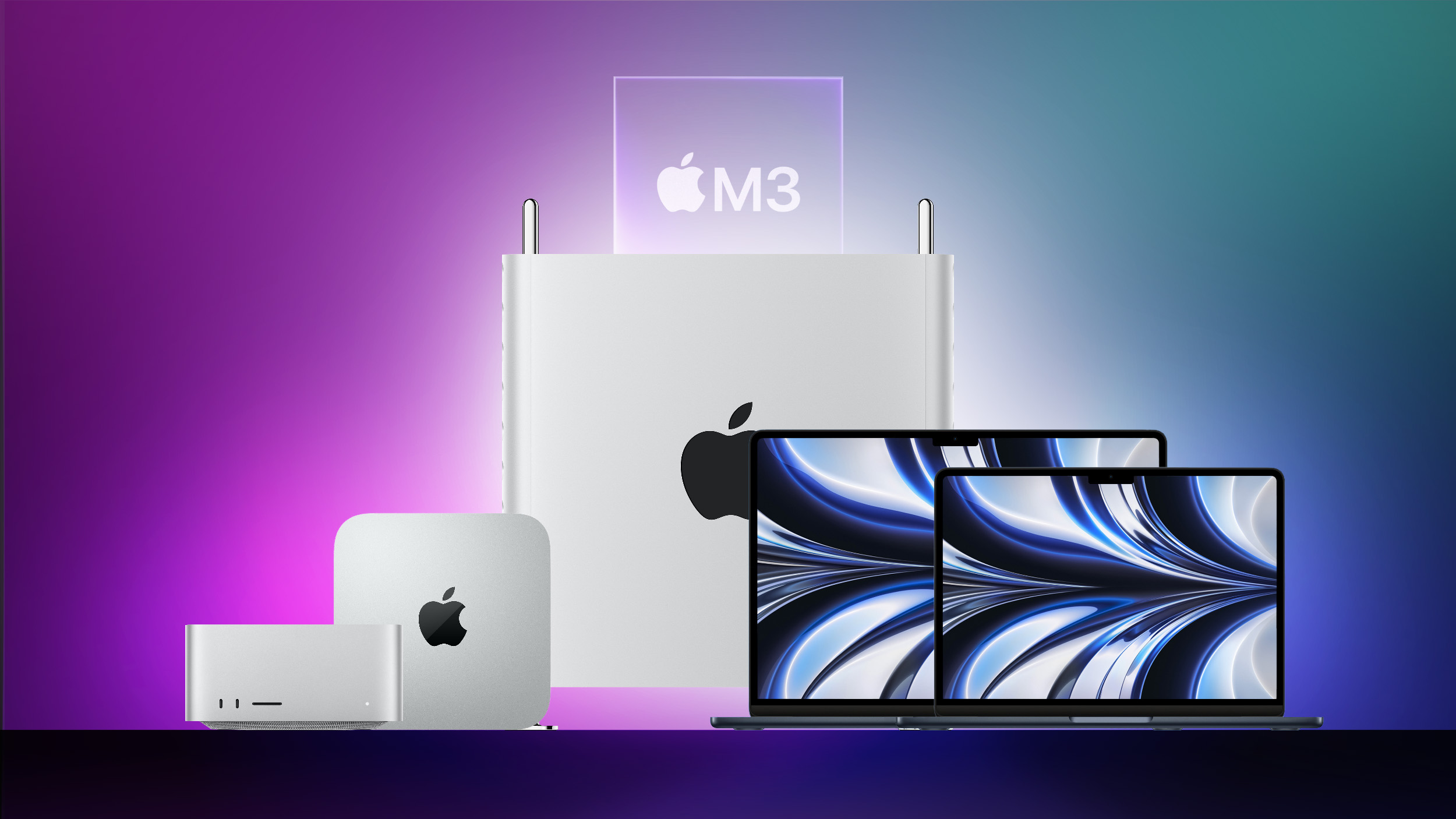
Now that 2023 is over, attention naturally turns to the other Macs in the company's lineup and where they fit into Apple's M3 roadmap for the year ahead. Here's what the latest rumors say.
Apple sells three versions of MacBook Air: A cheaper previous-generation 13-inch model with M1 chip, and 13-inch and 15-inch models equipped with the newer M2 chip. The question is, when will Apple discontinue the M1 MacBook Air and replace its top-of-the-line 13-inch and 15-inch machines with M3 equivalents?
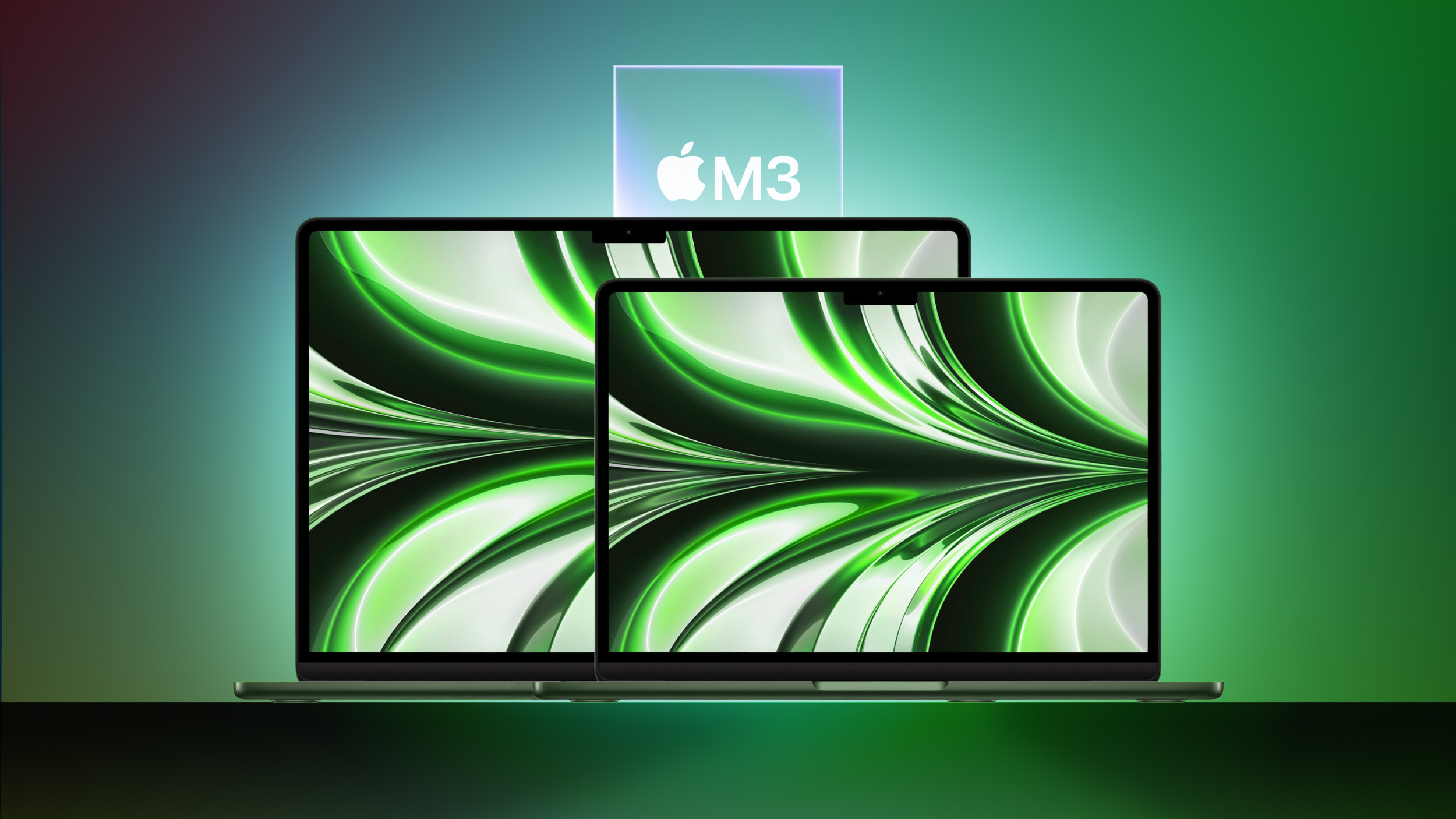
The existing 15-inch MacBook Air arrived in June 2023, which is not that long ago in terms of Mac update cycles. However, Apple released the M2 13-inch MacBook Air back in June 2022. It is now the oldest Mac in Apple's current crop, having not been updated in over 550 days.
According to Bloomberg's Mark Gurman, Apple has new M3 MacBook Air models in development that are scheduled for release in March this year. In October it was reported that both models had passed engineering verification testing (EVT), an early production testing phase on prototype devices. The M3 chip used in the Airs is expected to have similar CPU and GPU core counts as the M2 chip in the current models.
According to Gurman, Apple is developing the Macs alongside macOS 14.3, an update that is expected between the end of January and February, but new hardware may ship around the March timeframe. The new MacBook Air models could be timed to launch alongside updated iPad Pro and iPad Air models, which are coming around March.
Apple announced M2 and M2 Pro Mac mini models in January, which at the time of writing is just over 360 days ago, but Apple could be already testing an M3 Mac mini, according to Gurman.
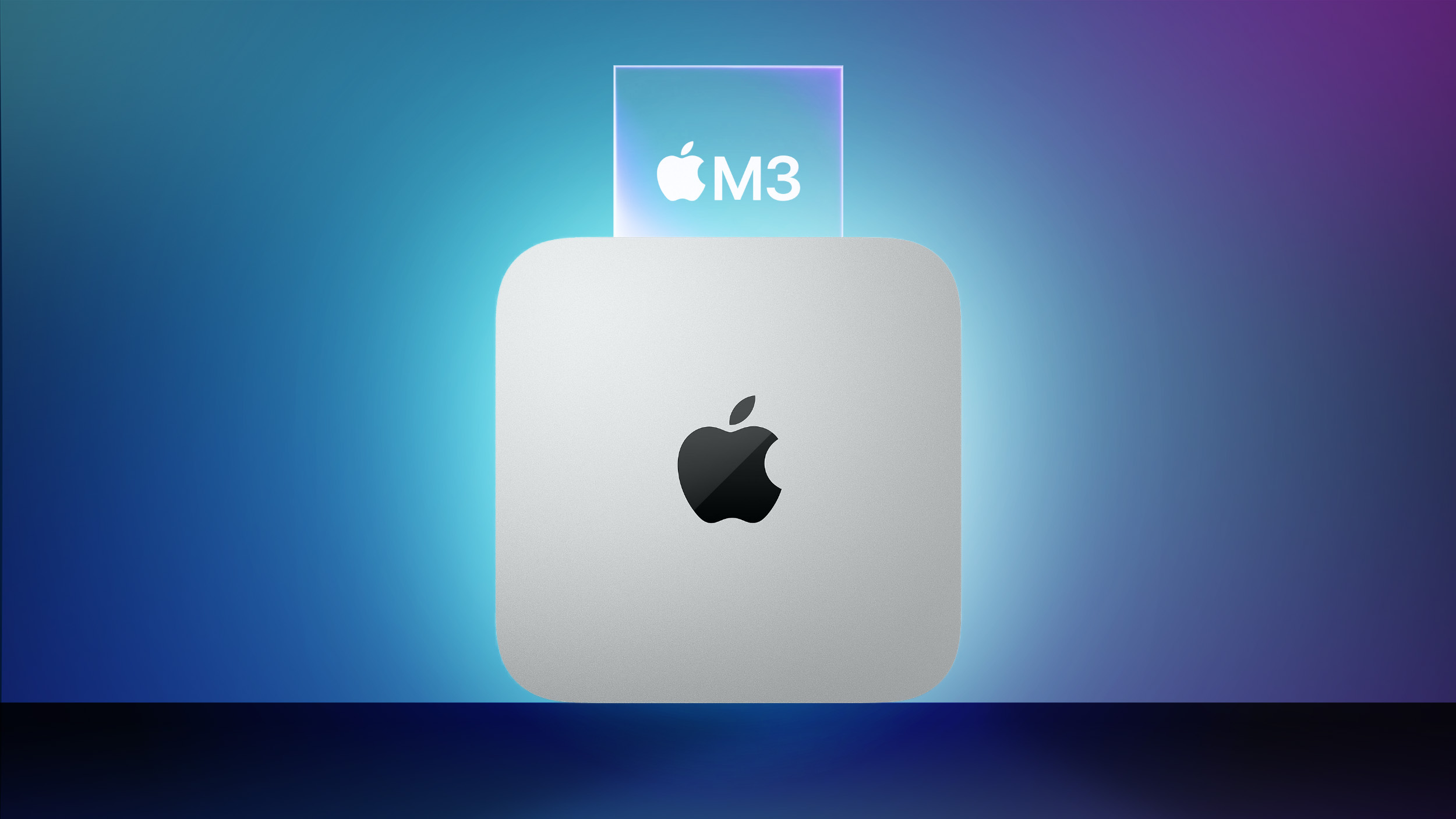
In August, signs of an unknown "15,12" Mac machine were found in developer code, with the Mac featuring an 8-core CPU (consisting of four efficiency cores and four performance cores), 10-core GPU, and 24GB RAM. Based on the similar specifications to the base M2 Mac mini (bar the existing model's 8GB RAM as standard), Gurman believes it represents a next-generation Mac mini.
Gurman previously said he was not expecting an M3 version of the Mac mini to launch until late 2024, but as it is already in testing, it could potentially be unveiled sooner.
Apple updated the Mac Studio and Mac Pro with M2 series chips in June 2023. Mac Studio models come with either the M2 Max or M2 Ultra chip, while the Mac Pro has adopted the M2 Ultra.

Both Macs are considered to be in the middle of their product cycles, and Gurman believes Apple is working on a new Mac Studio that is likely to launch in the second half of 2024.
The next Mac Studio is likely to be offered with the as-yet-unannounced fourth variant of the M3 chip. Like previous generations, this will double the components of the "Max" version, meaning that it will feature up to 32 CPU cores and 80 GPU cores. Gurman says that Apple is also likely to refresh the Mac Pro with this new high-end chip.
Taiwanese research firm TrendForce claims that Apple will launch a new Mac Studio featuring the M3 Ultra chip at WWDC in June, so we could well see the new Mac Pro alongside of it.
Apple has discontinued the 13-inch M2 MacBook Pro – and along with it the Touch Bar – replacing it with a 14-inch model that's equipped with a next-generation M3 chip.
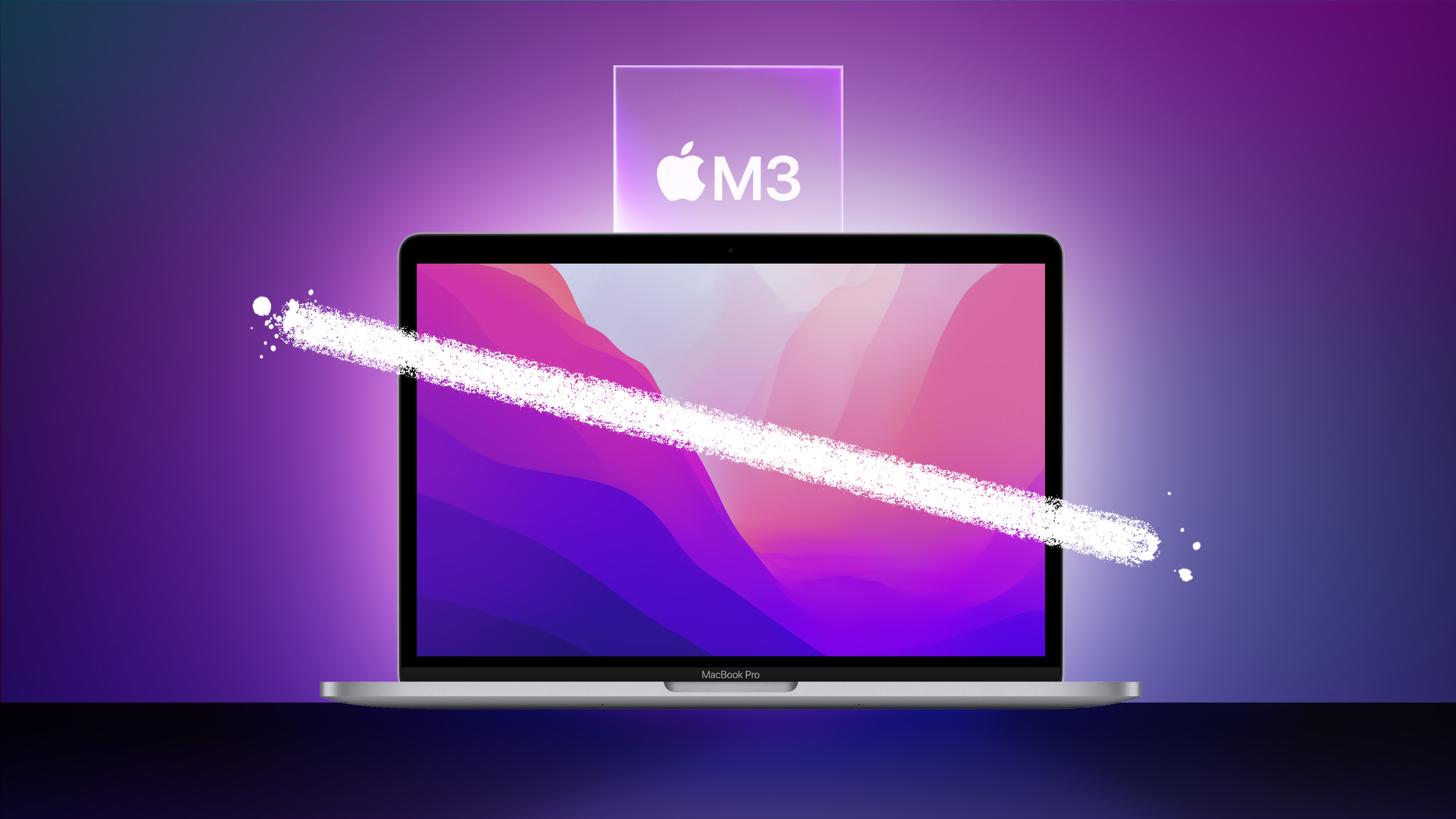
Apple says that the 14-inch M3 MacBook Pro is up to 60 percent faster than the 13-inch MacBook Pro with M1. The M3 14-inch MacBook Pro also comes with a number of other benefits that make it worth the upgrade for anyone with the original 13-inch machine. So do not expect to see an M3-powered 13-inch MacBook Pro anytime soon, if ever.
The M3 series of chips are built on TSMC's 3-nanometer process, bringing performance and efficiency improvements over Apple's previous M2 chips, which are based on the earlier-generation 5-nanometer process. Since its transition to Intel chips, Apple's strategy has been as follows.
In the M1 and M2 series of Apple silicon, each generation has a baseline version, then a "Pro" chip with more cores for its central processing unit and graphics. Next is an even more powerful "Max" version that doubles the number of graphics cores. Lastly, an "Ultra" model doubles the number of main processing cores and graphics cores found in the "Max." Things are slightly different with the M3 series, as explained below.
In terms of the actual real-world gains, this of course depends on the M3 processor version, coupled with the particular Mac model and other component factors like RAM and thermal dissipation. Nevertheless, all of Apple's M3 chips also boast GPU improvements not found in the M2 series, including Dynamic Caching, hardware-accelerated ray tracing, and hardware-accelerated mesh shading.
Apple's base M3 chip will likely feature in future MacBook Air models, as well as an updated lower-end version of the Mac mini. At least in the MacBook Airs, the M3 chip is expected to have similar CPU and GPU core counts as the M2 chip in the current models, but that could be true for the Mac mini as well.
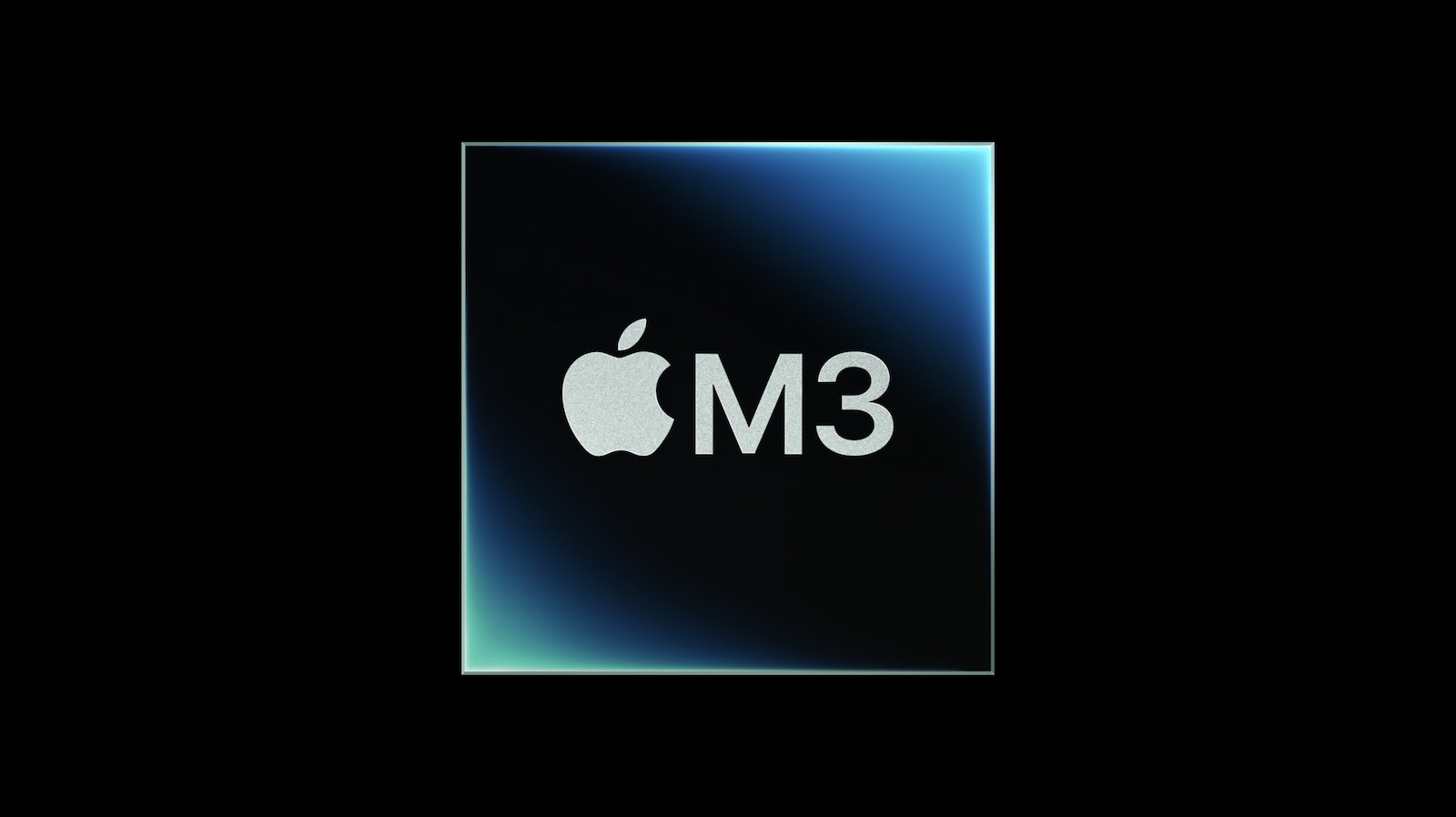
Based on Geekbench benchmarks, the M3 chip has single-core and multi-core scores of around 3,000 and 11,700, respectively. The standard M2 chip has single-core and multi-core scores of around 2,600 and 9,700, respectively, so the M3 chip is up to 20% faster than the M2 chip, which is what Apple claimed during its "Scary Fast" event in October.
Going on what we know from the recently released 14-inch and 16-inch MacBook Pro M3 models, the M3 Pro chip outperforms the M2 Pro, but not by a lot. Based on Geekbench benchmarks, single-core speed is up around 16.7 percent, while multi-core speed is up approximately 6.7 percent. For context, the M3 Pro has 150GB/s memory bandwidth, while the M2 Pro had 200GB/s.
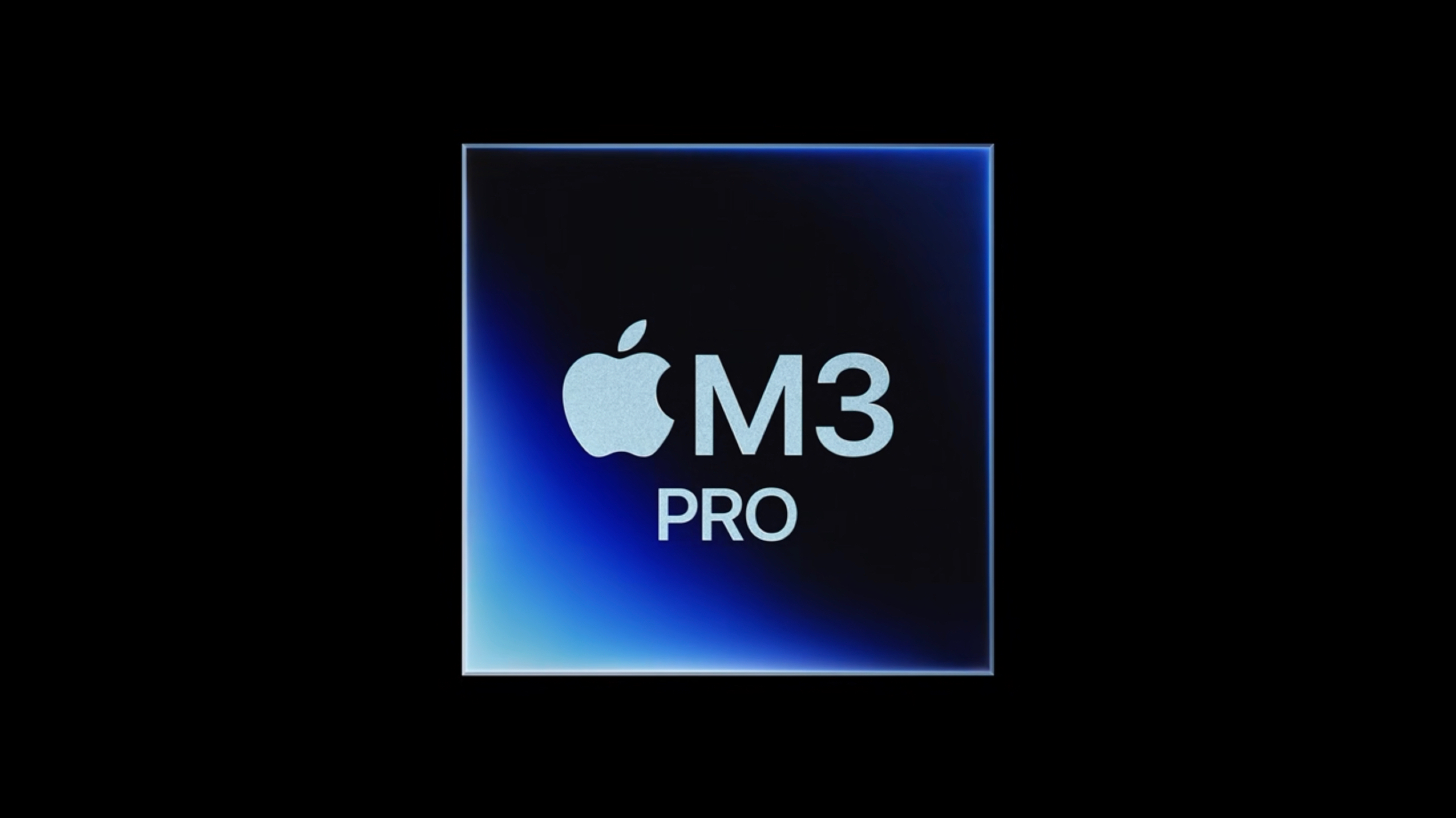
The M3 Pro and M2 Pro chips in the 16-inch MacBook Pro have 12 CPU cores, but the M2 Pro actually featured one additional GPU core over the M3 Pro. Despite that, Apple claims it is 10 percent faster than the M2 Pro GPU and 40 percent faster than the M1 Pro GPU.
With the M3 series, Apple deviated slightly from the doubling strategy it followed with the M2 Max by adding several more CPU cores to the M3 Max compared to the M3 Pro. Benchmarks indicate that Apple's M3 Max chip in the 16-inch MacBook Pro is around as fast as the M2 Ultra chip used in the current-generation Mac Pro and the higher-end Mac Studio. In other words, the M2 Ultra Mac Pro is outperformed by what is on paper a lower-end machine, just four months after it was released.
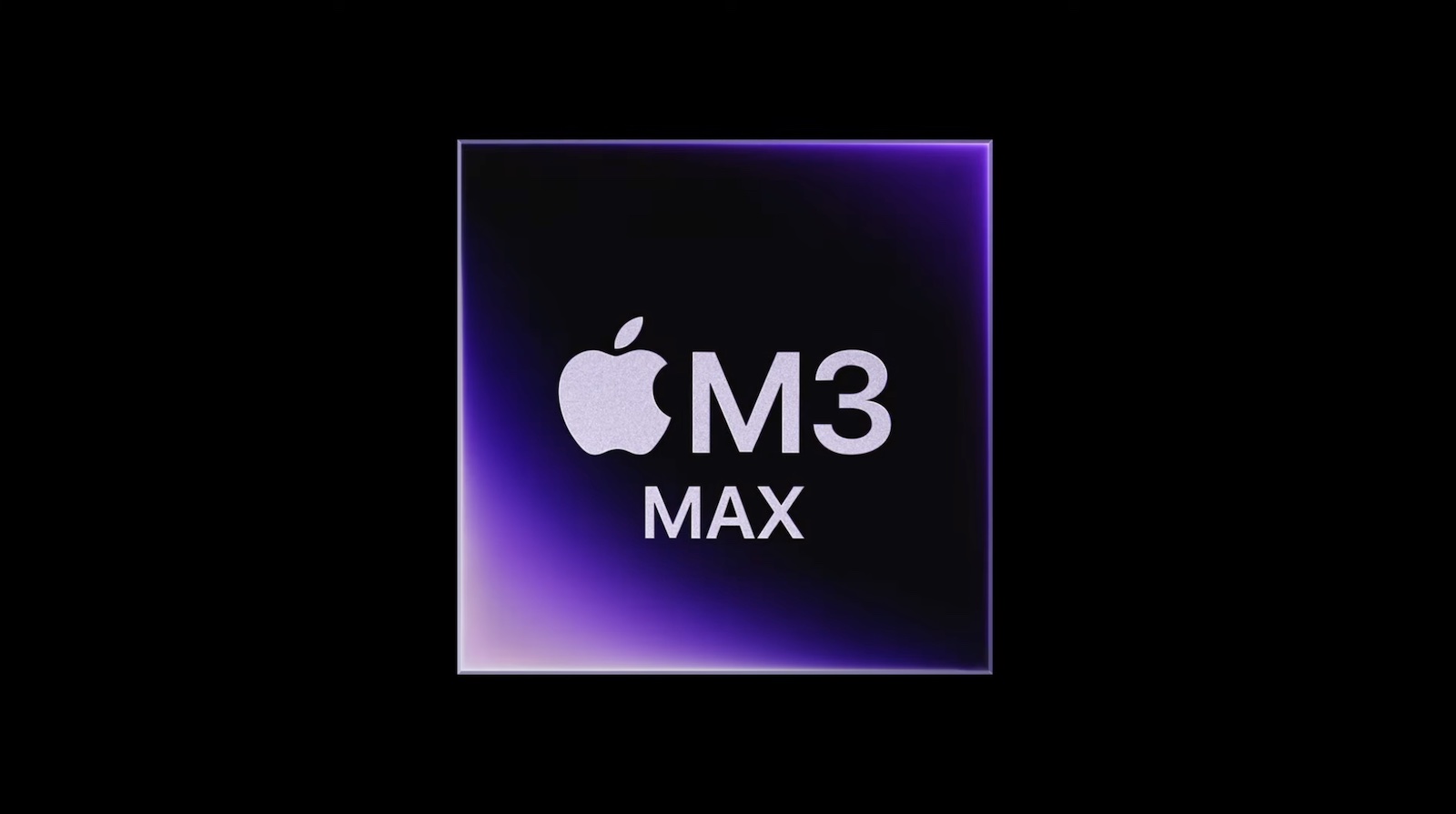
Note that the M3-powered 16-inch MacBook Pro starts at $3,499 in the U.S. when configured with the M3 Max chip, while the Mac Studio with the M2 Ultra chip starts at $3,999, so you can effectively get the same performance for $500 less by buying a 16-inch MacBook Pro, which also includes display, keyboard, and trackpad.
Will this performance imbalance alone encourage Apple to bring forward the launch of M3-powered Mac Studio and Mac Pro models? Unlikely. But we can always hope.
Having not yet been announced, the M3 Ultra chip is something of an unknown quantity. The existing M2 Ultra encompasses two M2 Max chips for double overall CPU and GPU performance, as well as twice the memory bandwidth (800GB/s), so it would seem safe to expect Apple to follow the same strategy as it did with the M3 Ultra, with similar performance gains over the M3 Max from Apple's next-generation high-end M3 Ultra chip.
In a small deviation, Apple did add several more CPU cores to the M3 Max compared to the M3 Pro. However, if Apple continues to double both the CPU and graphics configurations with the Ultra, the M3 Ultra could end up having 32 CPU cores and 80 graphics cores.
This article, "Here Are All the New M3 Apple Macs Expected This Year" first appeared on MacRumors.com
Discuss this article in our forums
Source: TechRadar

Now that 2023 is over, attention naturally turns to the other Macs in the company's lineup and where they fit into Apple's M3 roadmap for the year ahead. Here's what the latest rumors say.
M3 MacBook Air
Apple sells three versions of MacBook Air: A cheaper previous-generation 13-inch model with M1 chip, and 13-inch and 15-inch models equipped with the newer M2 chip. The question is, when will Apple discontinue the M1 MacBook Air and replace its top-of-the-line 13-inch and 15-inch machines with M3 equivalents?

The existing 15-inch MacBook Air arrived in June 2023, which is not that long ago in terms of Mac update cycles. However, Apple released the M2 13-inch MacBook Air back in June 2022. It is now the oldest Mac in Apple's current crop, having not been updated in over 550 days.
According to Bloomberg's Mark Gurman, Apple has new M3 MacBook Air models in development that are scheduled for release in March this year. In October it was reported that both models had passed engineering verification testing (EVT), an early production testing phase on prototype devices. The M3 chip used in the Airs is expected to have similar CPU and GPU core counts as the M2 chip in the current models.
According to Gurman, Apple is developing the Macs alongside macOS 14.3, an update that is expected between the end of January and February, but new hardware may ship around the March timeframe. The new MacBook Air models could be timed to launch alongside updated iPad Pro and iPad Air models, which are coming around March.
Mac Mini
Apple announced M2 and M2 Pro Mac mini models in January, which at the time of writing is just over 360 days ago, but Apple could be already testing an M3 Mac mini, according to Gurman.

In August, signs of an unknown "15,12" Mac machine were found in developer code, with the Mac featuring an 8-core CPU (consisting of four efficiency cores and four performance cores), 10-core GPU, and 24GB RAM. Based on the similar specifications to the base M2 Mac mini (bar the existing model's 8GB RAM as standard), Gurman believes it represents a next-generation Mac mini.
Gurman previously said he was not expecting an M3 version of the Mac mini to launch until late 2024, but as it is already in testing, it could potentially be unveiled sooner.
Mac Studio, Mac Pro
Apple updated the Mac Studio and Mac Pro with M2 series chips in June 2023. Mac Studio models come with either the M2 Max or M2 Ultra chip, while the Mac Pro has adopted the M2 Ultra.

Both Macs are considered to be in the middle of their product cycles, and Gurman believes Apple is working on a new Mac Studio that is likely to launch in the second half of 2024.
The next Mac Studio is likely to be offered with the as-yet-unannounced fourth variant of the M3 chip. Like previous generations, this will double the components of the "Max" version, meaning that it will feature up to 32 CPU cores and 80 GPU cores. Gurman says that Apple is also likely to refresh the Mac Pro with this new high-end chip.
Taiwanese research firm TrendForce claims that Apple will launch a new Mac Studio featuring the M3 Ultra chip at WWDC in June, so we could well see the new Mac Pro alongside of it.
13-inch MacBook Pro
Apple has discontinued the 13-inch M2 MacBook Pro – and along with it the Touch Bar – replacing it with a 14-inch model that's equipped with a next-generation M3 chip.

Apple says that the 14-inch M3 MacBook Pro is up to 60 percent faster than the 13-inch MacBook Pro with M1. The M3 14-inch MacBook Pro also comes with a number of other benefits that make it worth the upgrade for anyone with the original 13-inch machine. So do not expect to see an M3-powered 13-inch MacBook Pro anytime soon, if ever.
M3 Chip Speed and Performance Gains
The M3 series of chips are built on TSMC's 3-nanometer process, bringing performance and efficiency improvements over Apple's previous M2 chips, which are based on the earlier-generation 5-nanometer process. Since its transition to Intel chips, Apple's strategy has been as follows.
In the M1 and M2 series of Apple silicon, each generation has a baseline version, then a "Pro" chip with more cores for its central processing unit and graphics. Next is an even more powerful "Max" version that doubles the number of graphics cores. Lastly, an "Ultra" model doubles the number of main processing cores and graphics cores found in the "Max." Things are slightly different with the M3 series, as explained below.
In terms of the actual real-world gains, this of course depends on the M3 processor version, coupled with the particular Mac model and other component factors like RAM and thermal dissipation. Nevertheless, all of Apple's M3 chips also boast GPU improvements not found in the M2 series, including Dynamic Caching, hardware-accelerated ray tracing, and hardware-accelerated mesh shading.
M3
Apple's base M3 chip will likely feature in future MacBook Air models, as well as an updated lower-end version of the Mac mini. At least in the MacBook Airs, the M3 chip is expected to have similar CPU and GPU core counts as the M2 chip in the current models, but that could be true for the Mac mini as well.

Based on Geekbench benchmarks, the M3 chip has single-core and multi-core scores of around 3,000 and 11,700, respectively. The standard M2 chip has single-core and multi-core scores of around 2,600 and 9,700, respectively, so the M3 chip is up to 20% faster than the M2 chip, which is what Apple claimed during its "Scary Fast" event in October.
M3 Pro
Going on what we know from the recently released 14-inch and 16-inch MacBook Pro M3 models, the M3 Pro chip outperforms the M2 Pro, but not by a lot. Based on Geekbench benchmarks, single-core speed is up around 16.7 percent, while multi-core speed is up approximately 6.7 percent. For context, the M3 Pro has 150GB/s memory bandwidth, while the M2 Pro had 200GB/s.

The M3 Pro and M2 Pro chips in the 16-inch MacBook Pro have 12 CPU cores, but the M2 Pro actually featured one additional GPU core over the M3 Pro. Despite that, Apple claims it is 10 percent faster than the M2 Pro GPU and 40 percent faster than the M1 Pro GPU.
M3 Max
With the M3 series, Apple deviated slightly from the doubling strategy it followed with the M2 Max by adding several more CPU cores to the M3 Max compared to the M3 Pro. Benchmarks indicate that Apple's M3 Max chip in the 16-inch MacBook Pro is around as fast as the M2 Ultra chip used in the current-generation Mac Pro and the higher-end Mac Studio. In other words, the M2 Ultra Mac Pro is outperformed by what is on paper a lower-end machine, just four months after it was released.

Note that the M3-powered 16-inch MacBook Pro starts at $3,499 in the U.S. when configured with the M3 Max chip, while the Mac Studio with the M2 Ultra chip starts at $3,999, so you can effectively get the same performance for $500 less by buying a 16-inch MacBook Pro, which also includes display, keyboard, and trackpad.
Will this performance imbalance alone encourage Apple to bring forward the launch of M3-powered Mac Studio and Mac Pro models? Unlikely. But we can always hope.
M3 Ultra
Having not yet been announced, the M3 Ultra chip is something of an unknown quantity. The existing M2 Ultra encompasses two M2 Max chips for double overall CPU and GPU performance, as well as twice the memory bandwidth (800GB/s), so it would seem safe to expect Apple to follow the same strategy as it did with the M3 Ultra, with similar performance gains over the M3 Max from Apple's next-generation high-end M3 Ultra chip.
In a small deviation, Apple did add several more CPU cores to the M3 Max compared to the M3 Pro. However, if Apple continues to double both the CPU and graphics configurations with the Ultra, the M3 Ultra could end up having 32 CPU cores and 80 graphics cores.
Tag: M3
This article, "Here Are All the New M3 Apple Macs Expected This Year" first appeared on MacRumors.com
Discuss this article in our forums
Source: TechRadar